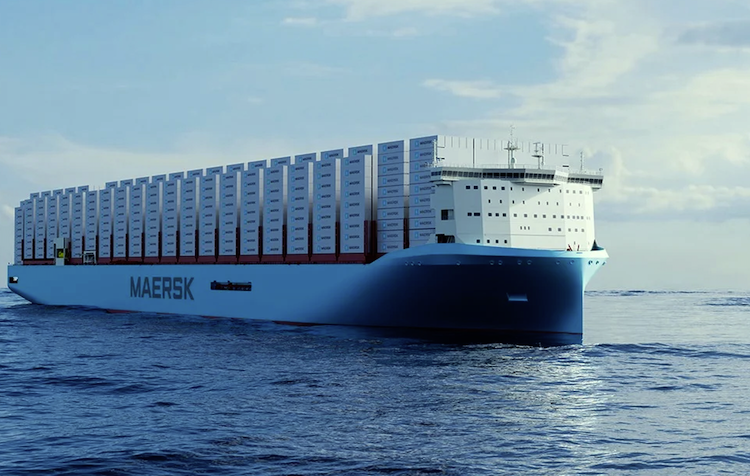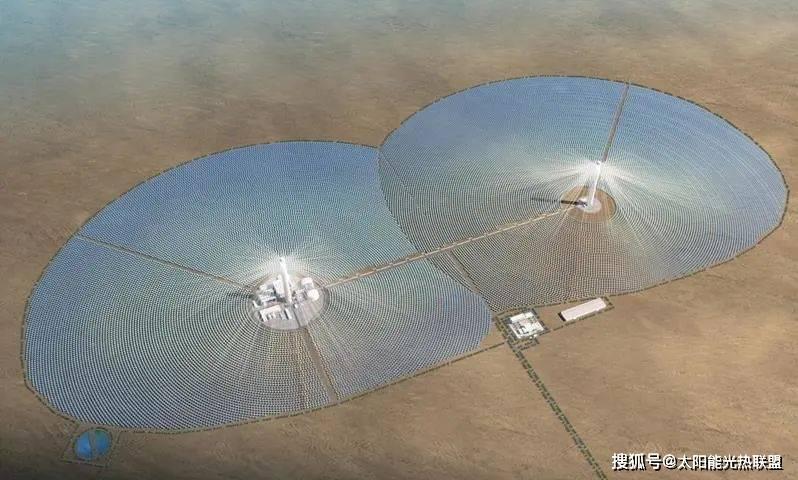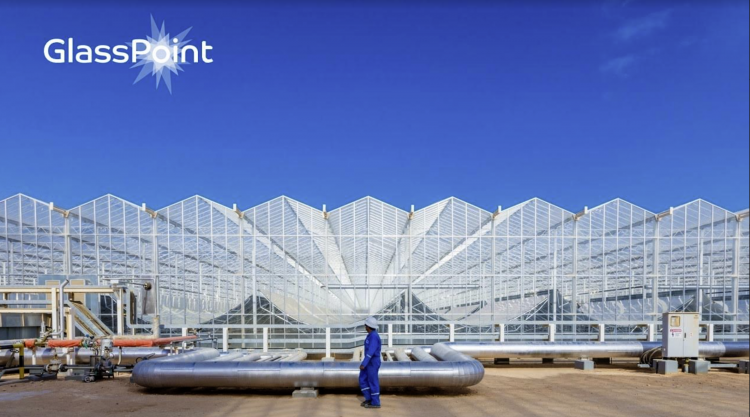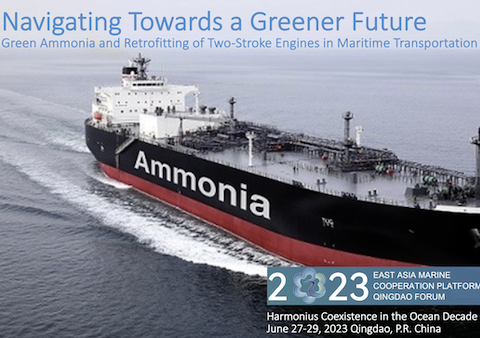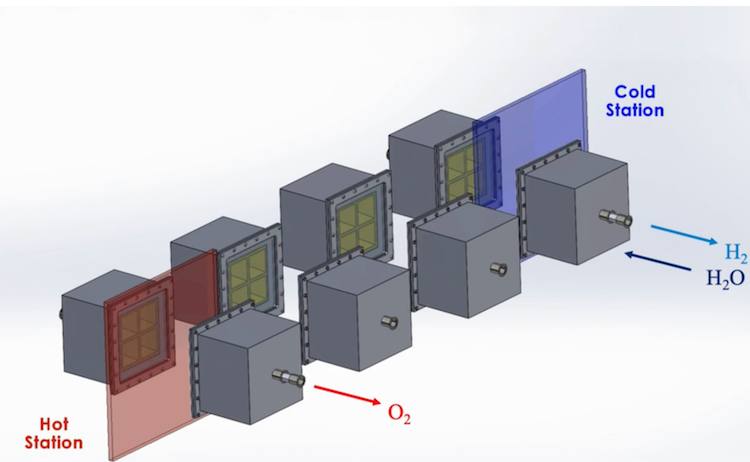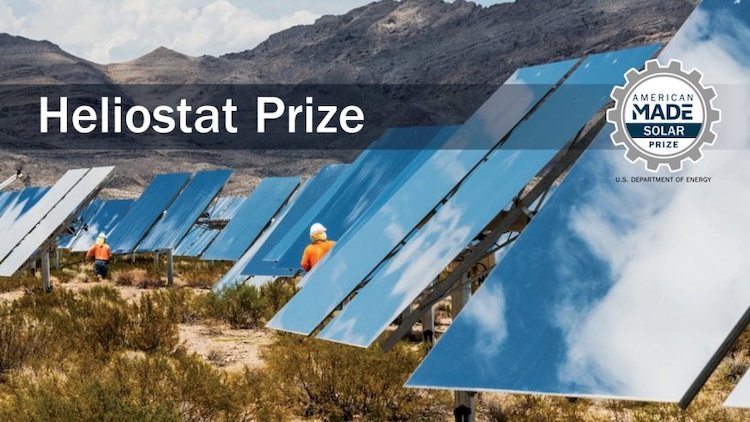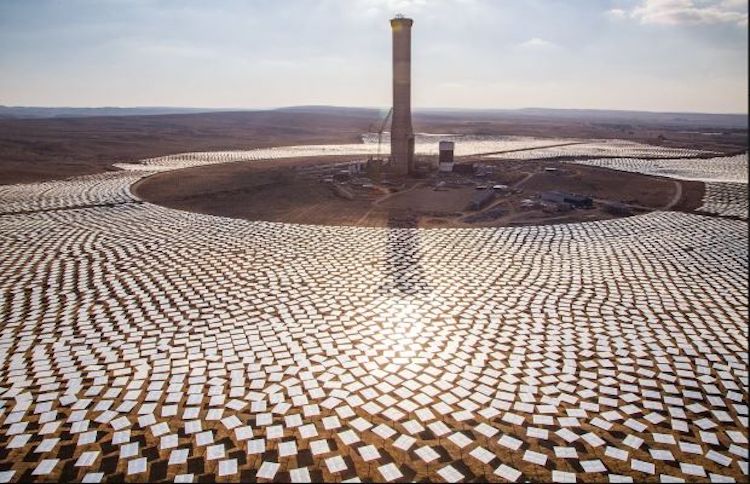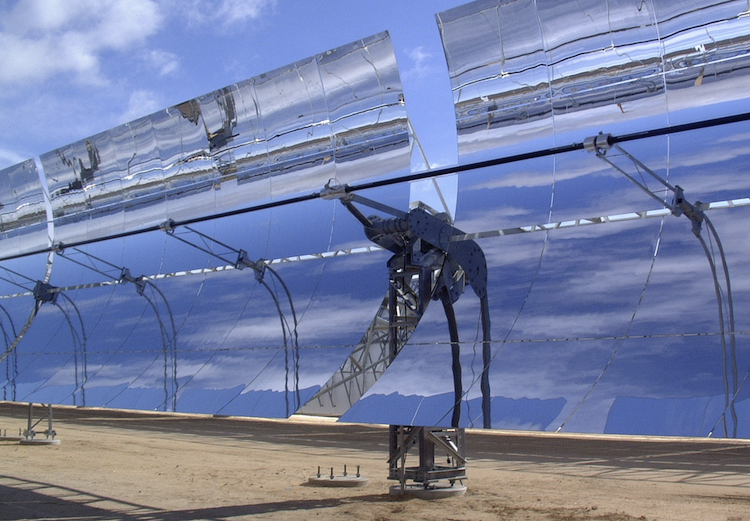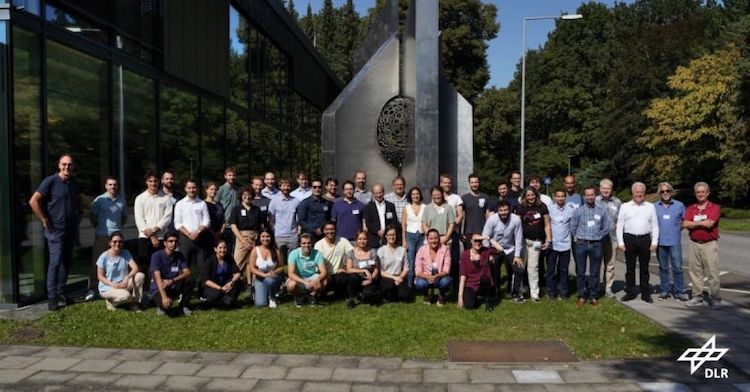Introduction and Overview:
SolarPACES will continue its current activity to support the further cost decrease of concentrating solar technologies by the development of internationally recognized standards for components, systems and processes.
Foster appreciation for the value of CSP dispatchability:
The recently extremely fast deployment of wind and PV constitutes both a challenge and an opportunity as increasing shares of fluctuating sources for electrical energy increase the need for a dispatchable supply to balance the electrical grid.Therefor, one important specific focus will be on the analysis of the value of dispatchable Concentrating Solar Power (CSP) systems in future power markets and to foster the awareness of this advantage and avoid that the short term run on the apparently least cost option leads to long term increased system cost.
Increase focus on solar fuels development:
Another increased focus is foreseen on process heat and storage technologies development and development of project databases and standards in this area. The further support for development of high temperature processes for solar chemical production processes, especially solar fuels as energy carriers for transport and long term storage purposes will be high on the priority list of future work.
This outlined direction of work will help to provide the full benefit of concentrating solar technologies as a contribution to energy security, combined with economic development based on worldwide engagement.
Increase awareness of potential for developing local supply chains:
The potential for local production of important parts of the value chain of concentrating solar technologies (localization potential) is recognized in many growing economies as an important asset to include in the national industrial development strategies.The technical development work will be accompanied by strengthening the dissemination activities launched in the current term and increasing collaboration with all stakeholders. As a specific new activity the support of capacity building programmes is considered to guarantee the availability of human capacity necessary for this technology e.g. in the education and technician sector.
Specific Research Plans by Task:
More specific plans within each Task are described in the following paragraphs.
Task I:
Task I will continue to promote collaboration within the technical community representing SolarPACES TCP member countries and organizations. We will complete the development of guidelines for yield analysis, in particular in completing guidelines for power tower systems and expanding to linear Fresnel and dish-based systems.
Given the rapid deployment of CSP systems worldwide, it may be feasible to validate the yield analysis guidelines against existing CSP projects representing multiple technologies. It is also envisioned that, following completion of several case studies estimating the value of dispatchable CSP systems using the simplified approached identified by Aachen, Task I will encourage cooperation toward implementation of more detailed models to fully capture the value of CSP at a higher spatial and temporal resolution for promising future CSP markets (e.g. China, South Africa, MENA).
Task II:
Task II is continuing high-level international collaboration by exchanging technical and scientific information at annual Task meetings, disseminating technological achievements through scientific publications, websites, progress reports, and actively participating in international conferences and workshops.
Task II activities will continue to take advantage of the unique expertise of the SolarPACES TCP members to advance solar thermochemical technologies for the production of hydrogen, syngas and liquid fuels from sunlight, water and CO 2 ; to assess their environmental impact and economic potential; to identify main technological challenges and provide innovative solutions; to optimize concentrating solar research and demonstration facilities for large-scale testing of high-temperature thermochemical processes; and to involve industry for promoting market penetration of the most advanced solar fuels and materials.
Task III:
Task III is continuing providing the platform for high-level international collaboration to reduce the cost and increase the performance of components and facilities. As such a strong focus will continue to be on preparing guidelines for testing which will be transferred to the standardization bodies with the goal to achieve internationally accepted CSP standards for component testing.
Through the information exchange the necessary improvements in testing methodology, instruments or test benches will be identified and collaborations between the SolarPACES TCP members stimulated. If possible, individual actions to foster this collaboration will even be financed directly through SolarPACES TCP to allow for the necessary meetings and workshops.
Major achievements may be expected especially in storage and heliostat performance assessment. Durability testing of flexible joints for parabolic troughs will provide valuable data due to a new developed test bench. Another goal will be the testing of materials and coatings of central receivers in high temperature applications such as molten salt or air.
Task IV:
During the upcoming period, a new focus will be on higher temperature technologies and applications, “solar” process technologies, and total energy systems providing electricity, heat and cooling as required and integrating renewable energy back-up systems based on biomass or waste.
Task V:
Task V – Solar Resources Assessment and Forecasting has been developed as collaboration Task under the SHC TCP Task 46 that is just finishing in 2016. A new Task is planned to start in July 2017. The new Task is planned to be closer connected to PVPS TCP Task and likely lead by this Energy Technology Initiative. Proposal is to label it PVPS TCP Task 16 “Solar Resource for High Penetration and Large Scale Applications”. The option of maintaining it as a collaborative Task with SHC TCP and SolarPACES TCP Task V is still under evaluation. SolarPACES TCP ExCo is also considering requesting managing this Task as a Joint Task in close cooperation with PVPS TCP.
The new Task will be focused on topics covering industry needs related to ground measurements and modeled solar radiation data, procedures for enhancing data products and improved techniques for solar forecasting at local or regional level. Characterization of spatio-temporal variability at different time and spatial scales are also included. Probabilistic approaches will be also assessed related to the solar radiation characterization and its prediction.
The key objectives of the Task during the next years are: (1) Lowering uncertainty of satellite retrievals and NWP (Numerical Weather Prediction) models for resource assessments and nowcasting; (2) Define best practices for data fusion of ground, satellite and NWP/re-analysis data to produce enhanced data products; (3) Develop and compare methods for estimating the spectral and angular distributions of solar radiation; (4) Develop and compare methods for probabilistic and variability forecasting; (5) Contribute to international benchmarking exercises.
The intended target audience for each outcome of the project is developers, planners, investors, banks, builders and maintenance companies of PV, solar thermal and concentrating solar power installation. It targets also universities, which are involved in the education of solar specialists and the solar research community. Additionally also utilities, distribution and transmission system operators are a focused user group.
Task VI:
The goal of Task VI during the next term (2017-2021) is to reinforce high-level international collaboration in the field of solar water related processes by performing networking activities at annual Task meetings, disseminating scientific & technological achievements through peer-reviewed publications, websites, technical reports, and actively participating in international conferences and workshops, not only solar but also conventional water-related conferences increasing the relevance of solar water applications.
Based on the reinforced collaboration activities within frameworks like EERA (European Energy Research Alliance), Task VI activities will continue to increase the involvement of more countries within the topic of solar water & energy processes looking for achieving the first commercial implementations of all these technologies.














